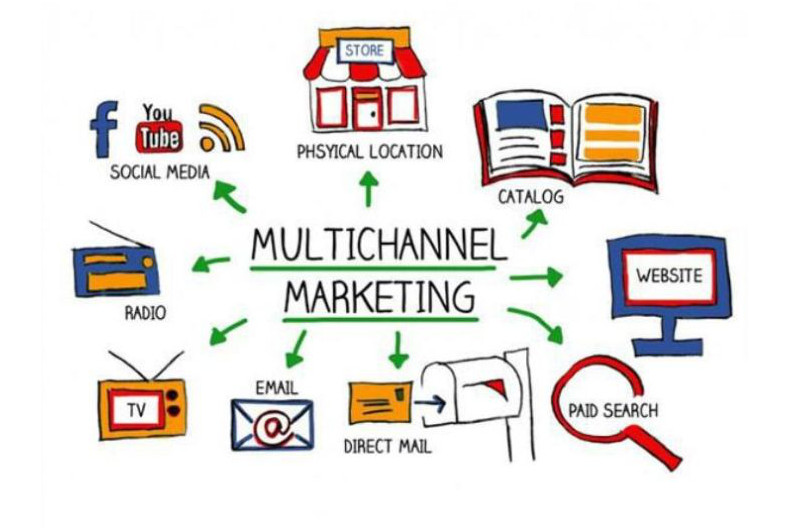How do your products use or challenge conventions and how do they represent social groups or issues?
Task: Prezi (Individual Task)
You should describe and analyse your three products with reference to specific examples and use terminology to describe how those conventional features have been used, developed, challenged (designed) by you to construct/represent a specific set of ideas, which is: your brand or mission statement!
You must then go on to say how your representation (ideology) of your star and issues raised in video were shaped by you.
- The conventional design features in your video, include examples such as lighting, framing & composition, camera movement mise-en-scene, editing styles, filters, effects and rhythmic editing…
- Conventional print design in your digipack: images, filters, adjustments, graphics, colour palette, typeface, stroke, fill, gradients, arrangement (Bring Forward, Back)…
- Conventional web design: call to action, hero shot, social media tours, interactivity, merch links…
Example Prezi
Select images from professional examples and your own texts. Remember you should be able to compare or contrast the examples.
There should be five examples from your music video and three each for digipack and website.
In the video you should consider…
- images that shows a link between themes in the music and how they are amplified / illustrated in the narrative
- generically (un)conventional star image
- images that demonstrates conventional use of camera
- images that demonstrates conventional use of lighting / colour
- images that demonstrates (un)conventional mise-en-scene
- images that show an (un)conventional use of narrative
- images that show you’ve drawn inspiration from other music videos & media texts
- FORMS (technical conventions) of lip syncing, editing to the beat, repeatability, narrative/performance ratio/ type of narrative
In the digipack you should consider…
- how do the images scheme reflect the genre of music?
- conventions of photo composition
- filters / images adjustment
- colour scheme
- design of mise-en-scene / art work
- how is the layout / DTP conventional for digipacks and adverts?
- typeface selection & size
- graphics
- typeface size and selection
- spacing
- relationship between image and copy
- FORMS (technical conventions) i.e. tracks, publisher, copy, album name, performer name, image, advert image from DP.
In the website you should consider…
- Pages
- Content (videos, music, album art, merchandise…)
- Social media links
- Design & brand
- Fonts & colours
- Backgrounds
- Images
Examples from previous students:
SASHA BELFORD
HOLLY BROWN
TERMS
Some of the concept / micro terms you should include…remember to use the terms related to Genre:
…conventional, generic, typical, usual, frequent, unusual, subvert, unconventional, challenged, used, applied, developed, manipulated, exaggerated, amplified, increased, augmented, + repertoire of elements, genre, blueprint, contract, ingredients, star image, audience expectations, paradox of the star, ordinary, extraordinary, semic codes, cultural codes, symbolic codes, mise-en-scene, camera, lighting, font, integration of copy and images, shot distances, composition, editing, camera movement, narrative structure, disjunctive/amplified narratives, character types…
You should also regularly use ‘analysis words’ such as: represents, implies, suggests, connotes, reflects, signifies, emphasises, highlights, underlines, illustrates, shows, contributes to.
And always explain how your have…applied, developed, challenged convention. Also synonyms such as extend, subvert, amplify, exaggerate, increase, improve, extend, copy, contrast, contradict are useful alternatives. MAKE SURE YOU HIGHLIGHT THESE KEY TERMS/WORDS AND THEN YOU KNOW YOU HAVE ADDRESSED THE QUESTION.



 Remember the brief?
Remember the brief?